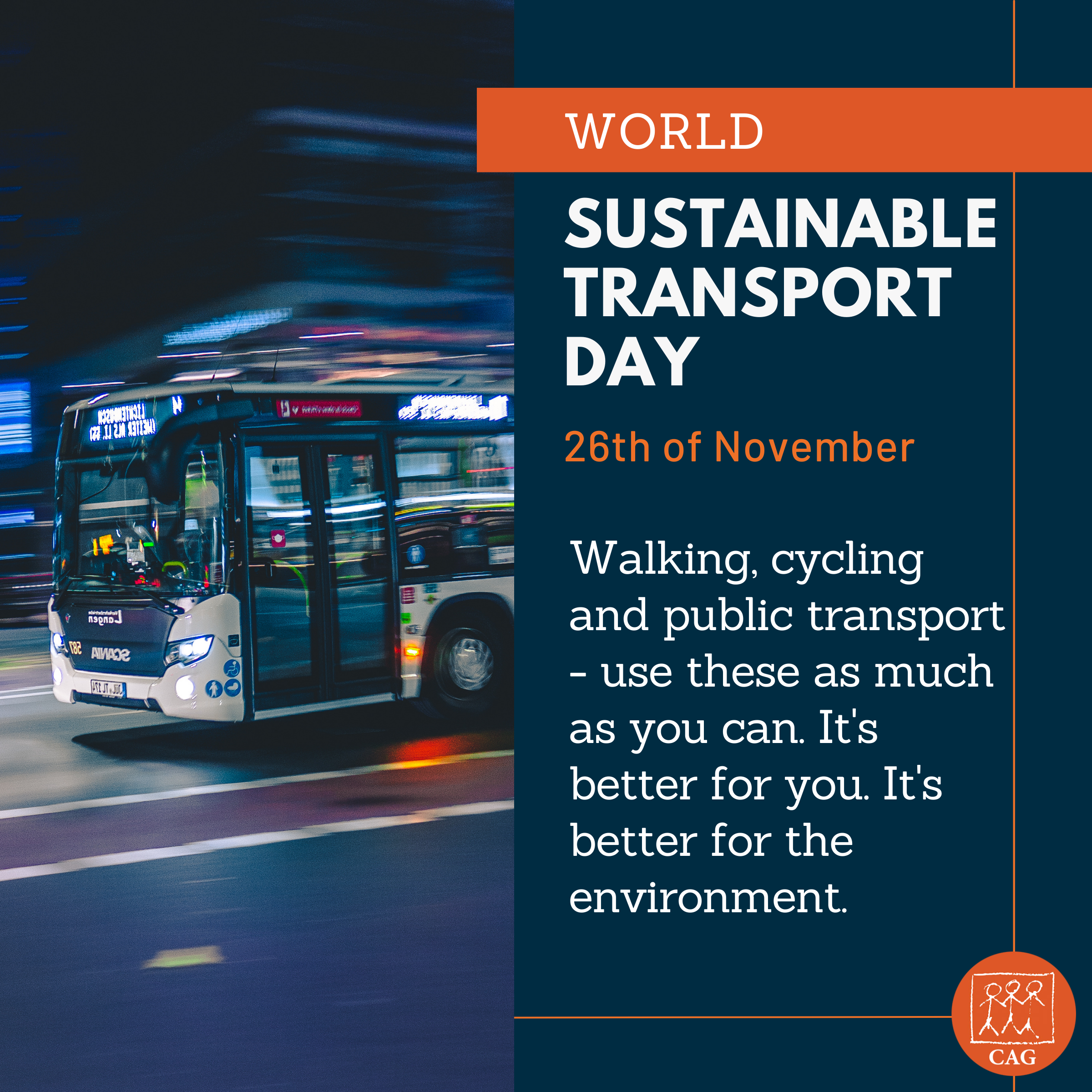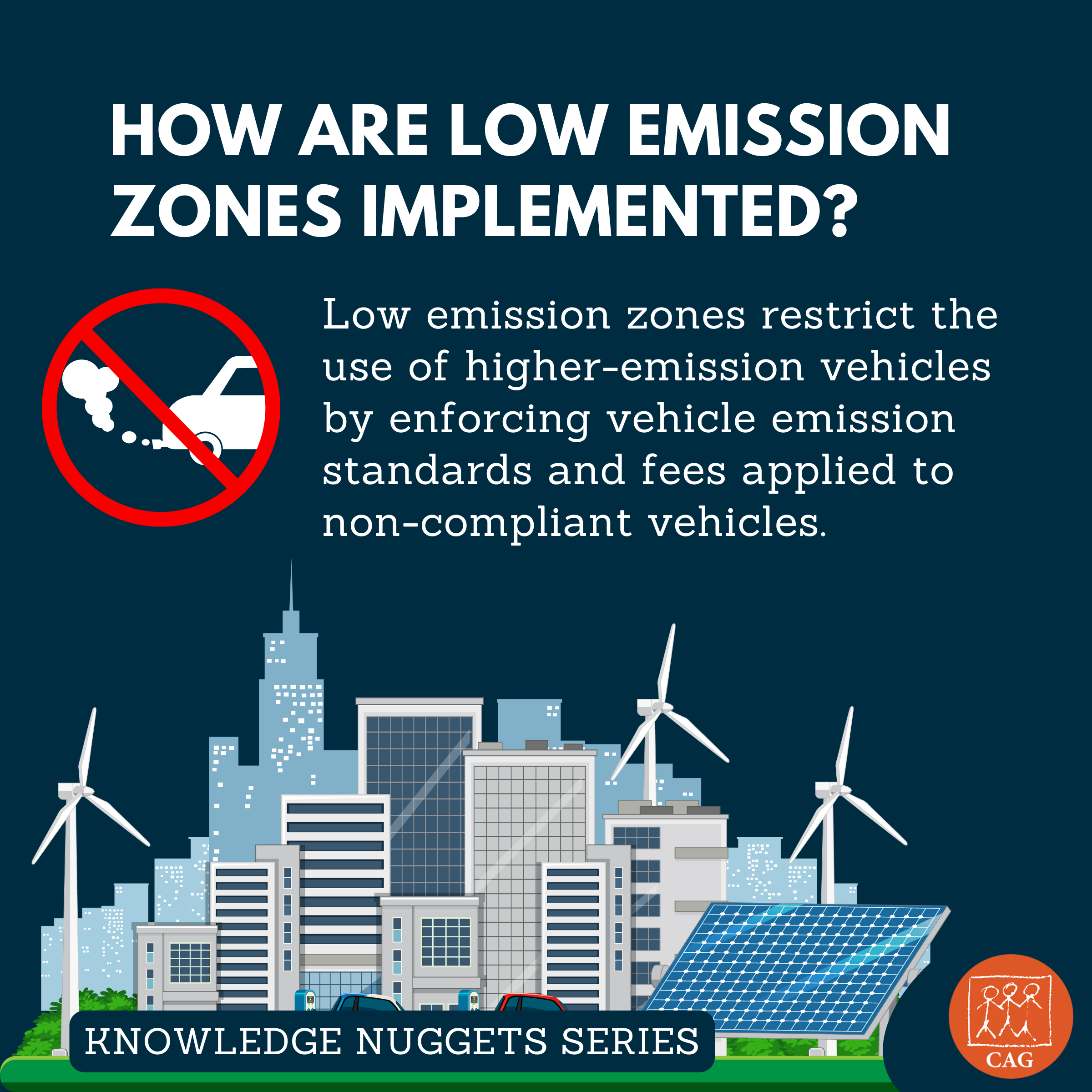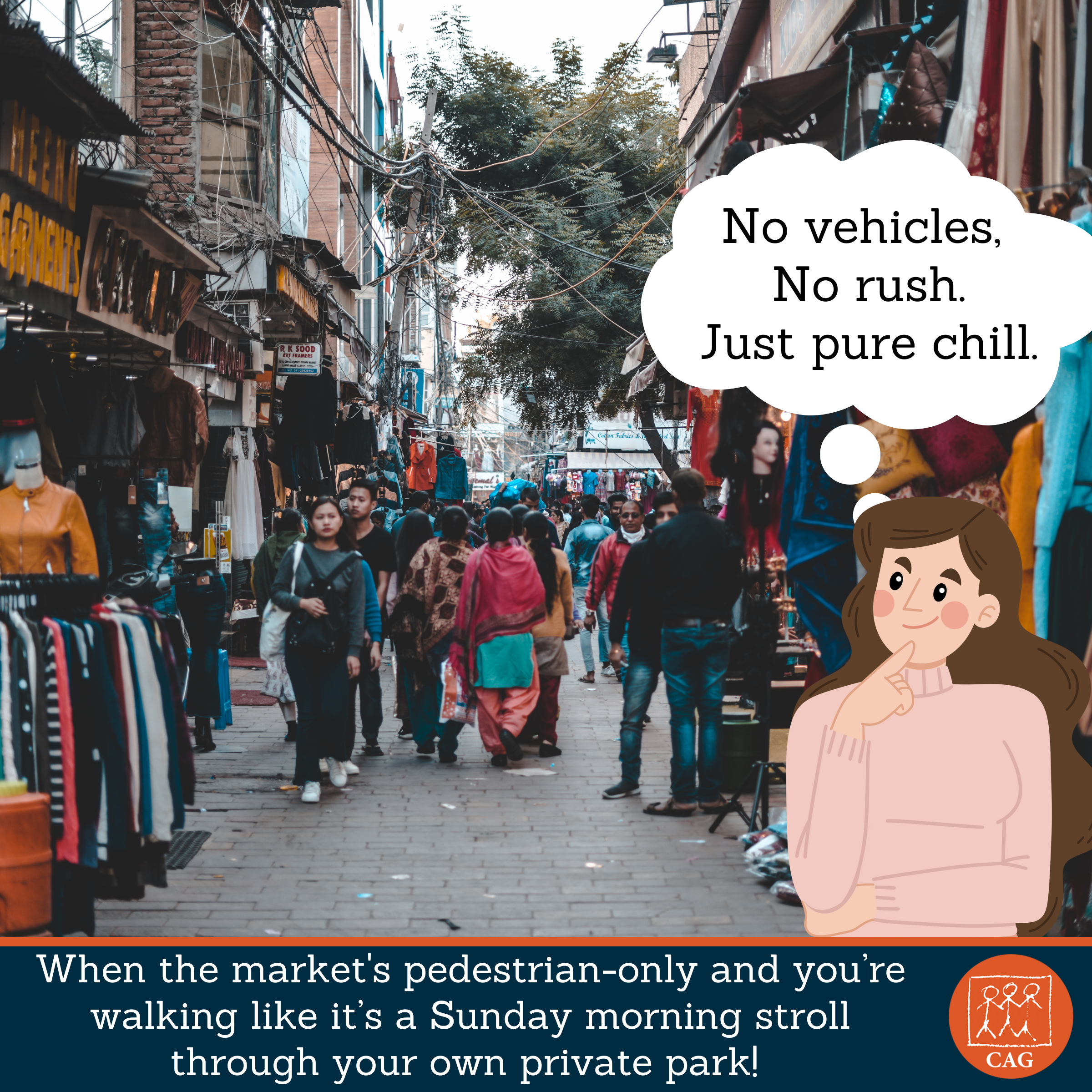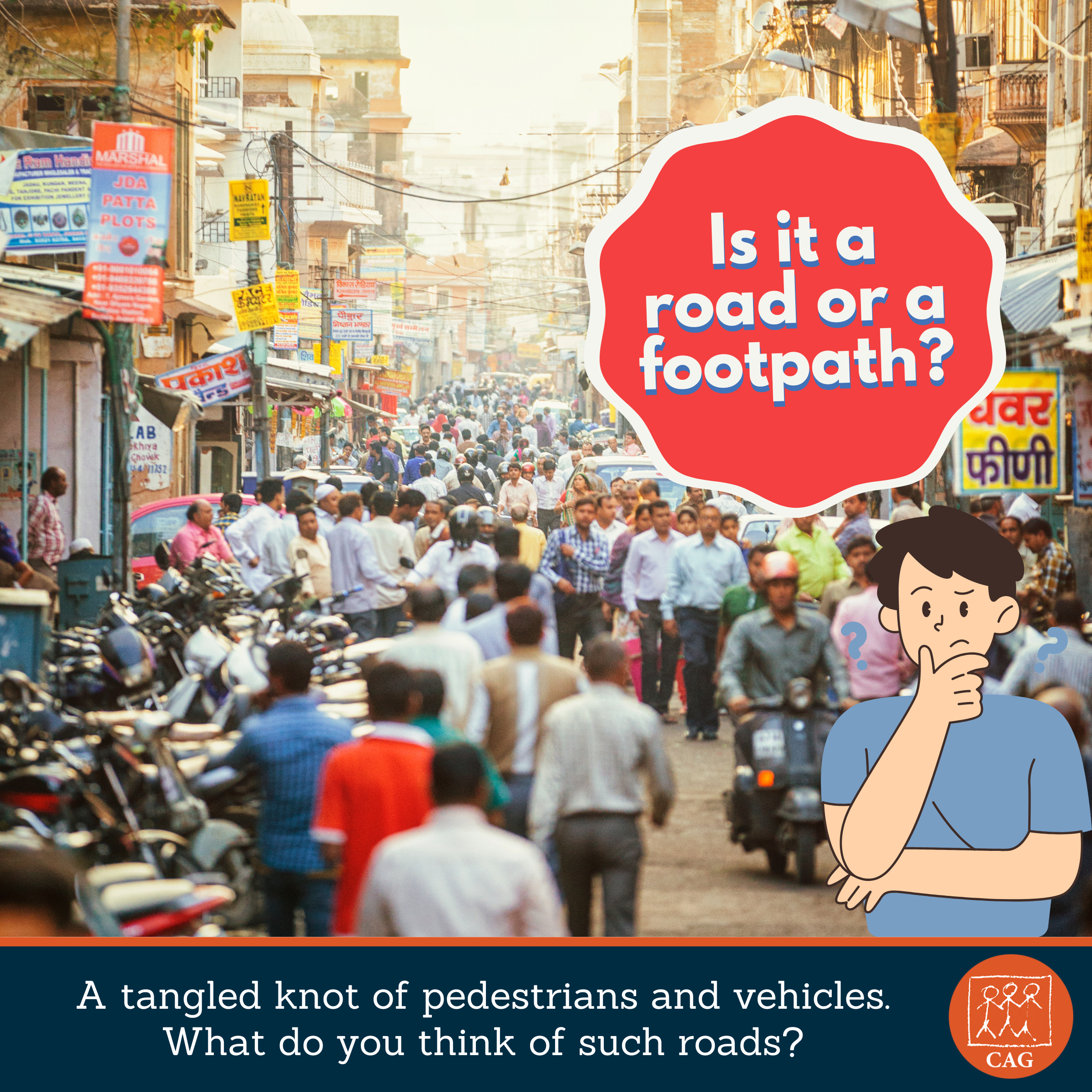Singara Chennai- one city one card
We've talked about multi-modal integration. The recently introduced Singara Chennai card is a great example of this, allowing a seamless travel experience between the Metro and MTC buses. What has been your experience with the card so far? Let us know in the comments below.





